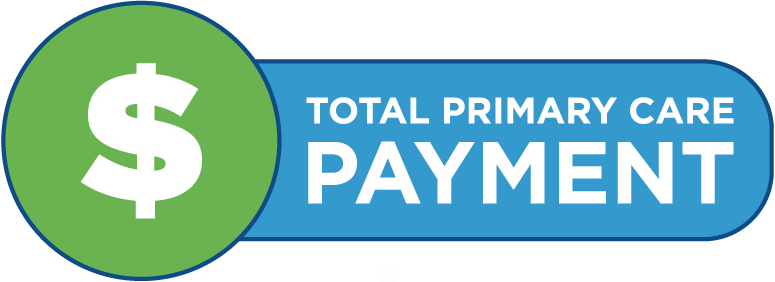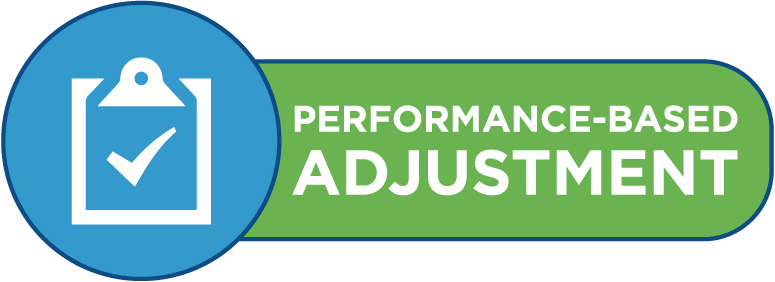The Value of RPM for PCF Participants
Primary care first model practices can benefit from Signallamp’s remote patient monitoring in quite practical ways: when you provide high-quality advanced primary care to Medicare recipients who truly need it, you benefit from bonus payouts.
That makes it worth your while to employ an efficient model like our remote patient monitoring program. You will earn more in the end and be able to scale your growth with the knowledge that our nurses are managing your patients’ remote care with the highest quality of service.
First, What Is a Primary Care First Program?
Editor’s Note: Rather than give you a detailed explanation of the Primary Care First Model as defined by CMS, we will provide an abbreviated version. If you are in PCF, we encourage you to read the CMS literature directly.
Primary Care First (PCF) is a Medicare and Medicaid payment model that launched in January 2021. Essentially, PCF revised its Center for Medicare and Medicaid Innovation predecessor, Comprehensive Primary Care Plus (CPC+). The model’s purpose is to give practices that provide advanced primary care for high-need Medicare beneficiaries an opportunity to be more proactive with less administrative burden and financial risk. The model incentivizes top performers with bonus payments.
This may now lead you to a question:
What are the four pillars of primary health care?
A primary care first program is made up of four pillars and must have these things to be effective:
- Community participation
- Inter-sectoral coordination
- Appropriate technology
- Support mechanism made available
Explaining Payments to Primary Care First Model Participants
Practices receive a monthly population-based payment for each attributed beneficiary and a $40 flat fee that replaces most primary care services. Unlike CPC+, there is no separate payment for care management services. The monthly professional based payment is based on the average Hierarchical Condition Categories (HCC) score of your population and ranges from $28 to $175 per month, with most practices receiving between $28 and $34 per beneficiary per month.
Practice Risk Group
HCC = Average Hierarchical Condition Category
Group 1: Average HCC <1.0
Group 2: Average HCC 1.0-1.2
Group 3: Average HCC 1.2-1.5
Group 4: Average HCC 1.5-2.0
Group 5: Average HCC >2.0
Payment
(PBPM)
$24
$28
$45
$100
$175


Population-Based
Professional Payment
Flat Primary Care
Visit Fee


Opportunity for practices to increase revenue by up to 50% of their total primary care payment based on key performance measures, including acute hospital utilization (AHU).
National Adjustment
Cohort Adjustment
Continuous Improvement
Adjustment
Participants can qualify for performance-based payment adjustments (PBAs) if they exceed the 50th percentile national benchmark. These PBAs can be as high as 50% for those that rank in the top 10%, but most that qualify for PBAs will see somewhere between 10% and 25%.
Either way, a participant still must rank in the top 50% to qualify to receive a PBA. There is a downside risk for participants that rank in the bottom 25%, which is capped at 10%.


Most PCF Program Participants Lack Resources for Care Management
The monthly population-based payments, combined with lower reimbursements for face-to-face primary care visits, makes investing in practice transformation economically infeasible. Add to this the inability to bill for other services like chronic care management (see our explanation of CCM CPT codes) and Group 1 and Group 2 PCF participants will find themselves torn between providing necessary ongoing treatment and management services to their patients and staying profitable in their PCF program.
That’s where the value of Remote Patient Monitoring (RPM) may present an opportunity to expand nursing resources and self-sustaining revenue. PCF does not restrict billing for RPM CPT codes, and most higher need beneficiaries like those in the PCF program are likely to benefit from receiving RPM services (more detail on RPM reimbursements).
Thus, existing reimbursements for RPM services offer an avenue for PCF participants to fund the additional remote treatment and management services, improving outcomes for beneficiaries, making the program more profitable, and increasing practice chances of receiving a performance based adjustment.
We Help You Afford Remote Patient Monitoring Through a Strong Primary Care First Model
The truth is very few can or will build this infrastructure and scale a program. Even despite a pandemic that should have forced exponential growth, fewer than 1% of Medicare beneficiaries have received remote patient monitoring services.
The reason is simple – provider groups and health systems are not set up to profitably scale remote care management services to their patients. We know this firsthand because we live it every day and see the universal challenges all of our clients faced before working with us.
The good news is that Signallamp can help you achieve the scale you need with RPM and it won’t cost you anything out of pocket. We take all the risk. We provide the nurses, experience, technology, and infrastructure required to scale both RPM and CCM, and simply share in the revenue from the services we provide on your behalf.
Schedule a discovery call with us to learn how you can leverage our unique care management model and easily scale RPM services across your population.
